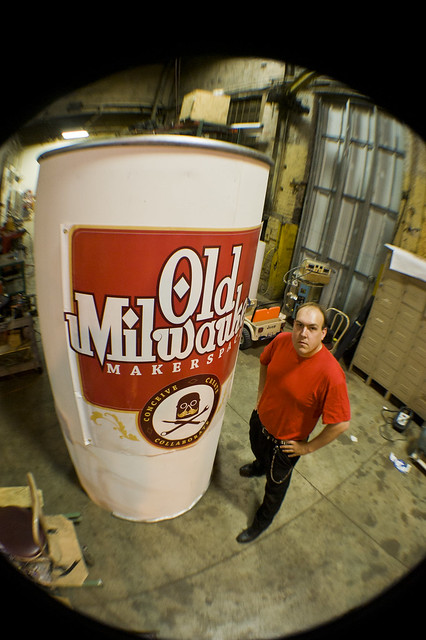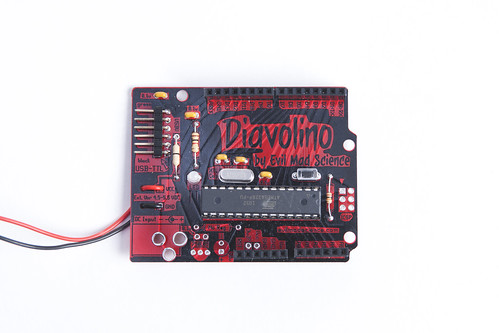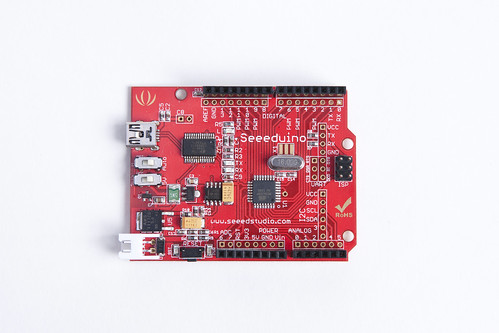
I felt guilty leaving my iPad charger plugged in all the time, especially since it’s a 10 watt charger, which is twice the wattage of an iPhone charger. You usually have two options: leave it plugged in all the time (wasteful) or unplug it when not in use (annoying.)
The third option is something like the Belkin Conserve Socket, which is a plugin device with a slide switch for how many hours it should be “on” set to either 1/2 hour, 3 hours, or 6 hours. This is great for the iPad since you can guesstimate how much charging you’ll need for it. If I go to sleep and the iPad is at 10%, I’ll set it to 6 hours. If it’s at 80% I’ll do a 1/2 hour. You get the idea…
I may get another one of these, because I tend to plug in my cordless drill battery charger and leave it charging for more than a day, which seems wasteful. This would limit the charge to 6 hours. Belkin also has an energy use monitor called the Conserve Insight, which would help figure out what devices are using the most power.
Besides the device being a bit large, my only complaint is that if you want to turn it off manually (instead of letting it turn off by itself) you need to unplug it. The button on the top is only an on button, not an off button. A minor annoyance, but if you expect the button to turn it off, be ready when all it does is make the green light on the top brighter while you hold it down. (Oh, one more small annoyance. The device is held together with screws that require a triangle-shaped bit. For 98% of the people who use this, it won’t matter, but for makers/hackers who want to crack it open, it’s a bit annoying.)
Ultimately, the Belkin Conserve is a good thing, but wouldn’t it be great if a device like the iPad could communicate with its charger to tell it when to turn off? It’s all Apple hardware, so I’d think engineering a charger that knows when it’s done charging (based on communicating with the iPad via the USB cable) would be a good thing. Apple could add one more “green” feather to its environmental cap.
P.S. Amazon has the Belkin Conserve Socket for less than $10.







